
Is Riccardo Tisci, designer of some of the most assertive, even threatening, menswear in the world, mellowing? “I’ve been in a really good place,” he allowed backstage, after a Spring 2017 Givenchy show that, while peopled with warrior-like models, hulking in combat gear, somehow sounded a note of affection rather than aggression.
It was long due. Givenchy’s menswear has been dark and foreboding for many a season: Last Spring Tisci erected his own prison; Fall was a vipers’ den. Emblematic of fashion? You hope not. Today’s collection was “much more spiritual,” allowed Tisci. “And happy! Images of sunshine!” He sounded as surprised as we were. Staged in the open air, there was an almost karmic lightness to flyaway, zippered panels at the hips, or nylon sportswear falling open into panes that seemed to effervescently lift up and away from the body. The sunshine was quite literal, too, refracted off multiple mirrors embroidered across hems, looping peplums, and tramlining zips. Those were a nod to Givenchy’s haute couture—Tisci added his Fall showing to his men’s, tagging on 13 slender couture looks to the end of his stream of butched-out, beefed-up, macho-man militia gear.
The aforementioned doubtless sells—it’s something Tisci is required to produce, by the business’s suits and by his fan base. It’s not really a chore: He certainly enjoys designing clothes that emphasize masculinity, squaring the shoulder and puffing out the chest. This time, that was most effectively achieved by multiple zippered pockets, some attached to the coats, others strapped into a Desert Strike harness—a spin-off from a backpack that could oddly make viable commercial sense. Three times the space to store your junk, after all.
Haute couture is known as the great paradox of fashion—it’s indicative of a house’s heavyweight credentials as a moneymaker, by the very fact it doesn’t make money. You know Tisci’s mirror-embroidered pieces will cost a king’s ransom, but they aren’t meant to sell in any great quantities. The other key decorative motif in the collection was a graphic morphing camouflage with dollar bill imagery—printing money. That’s what that grab bag of sportswear pieces undoubtedly spell for Givenchy, even if you couldn’t silence the niggling feeling that digital print has had its day, certainly as an exciting runway statement.
Although they’re often center stage, and always front-of-house in the salesroom, the immediately identifiable Givenchy graphics have never been the sum total of Tisci’s aesthetic. They’re simply the ones that are easiest read. The sum total is, actually, precisely that: no single style or item, but in the entirety of his fashion vision, and how adroitly he’s fashioned his Givenchy man. As the models filed past, there was no danger of thinking that this collection had come from the hand of another designer.
Tisci’s shows are specific and distinctive, uncompromising and unapologetic. They’re entirely true to his vision, and his vision is, after over a decade at the helm, intrinsically tied with maison Givenchy. There’s a comfort, a happiness even, to that kind of security. Given the uncertainties of current designer firings and hirings, and the number of houses swirling without distinct leadership, surely there’s no better place for Tisci to be right now than here, at Givenchy, doing his thing.














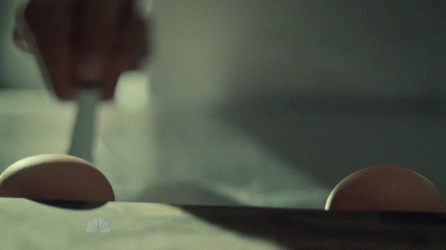

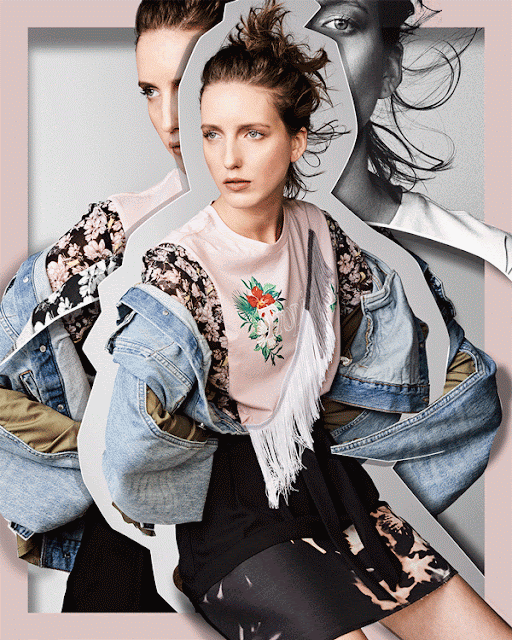

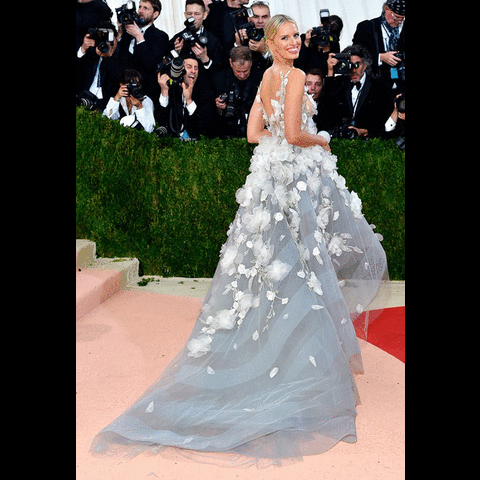
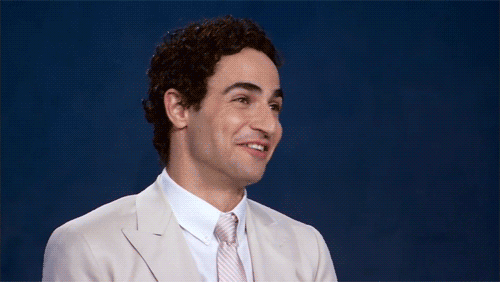
























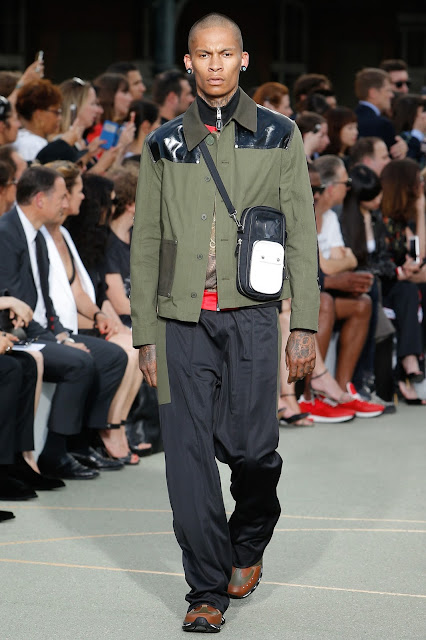





















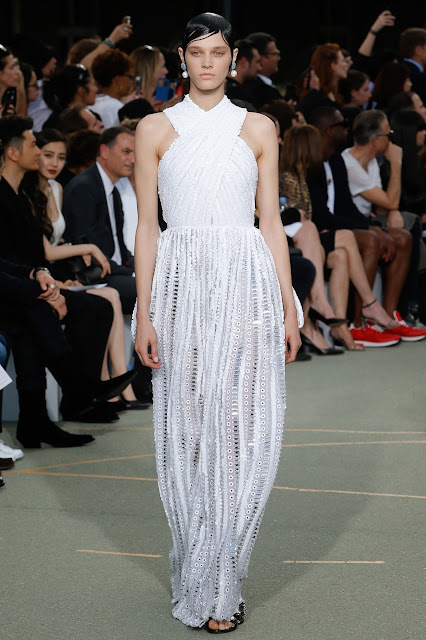











Comments
Post a Comment